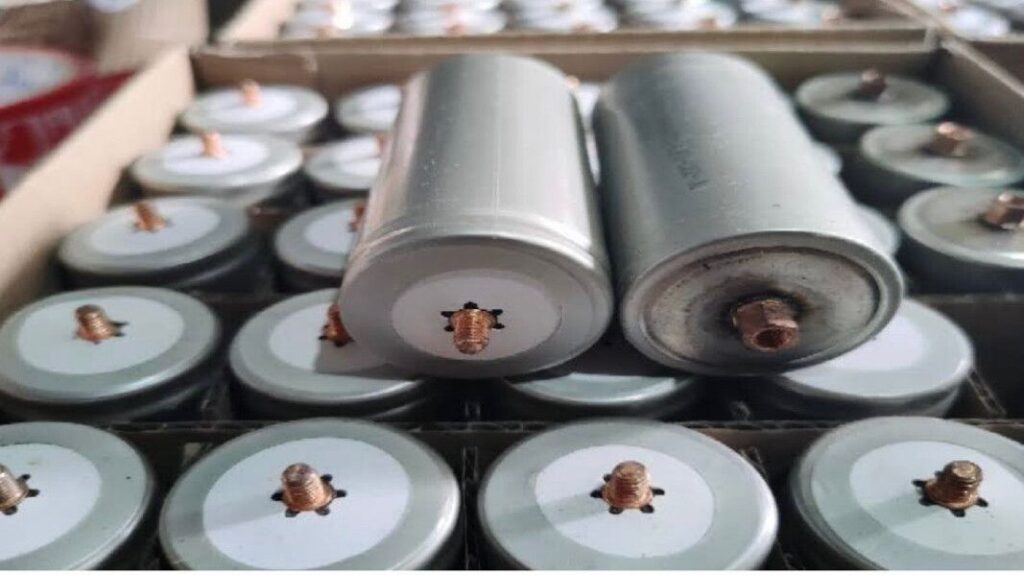If you are considering installing solar panels and batteries for your home or business, you may be curious about the lifespan of solar panels. The lifespan of solar panels depends on various factors, including the type of battery, usage, and environmental conditions. What is the average lifespan of solar panels? Most solar panels on the market today have a lifespan of 5 to 15 years. Although this lifespan is relatively long, you will still need to replace the batteries once within the 25 to 30-year lifespan of the solar system.
Lead-acid batteries: These typically last 5 to 7 years. Lithium-ion batteries: These are the most commonly used in residential solar systems and usually last 10 to 15 years. Flow batteries: They have a longer lifespan, approximately 15 to 20 years. Which type of solar panel has the longest lifespan? When considering the solar panels with the longest lifespan, Lithium Iron Phosphate (LiFePO₄) batteries stand out. These batteries typically have a lifespan of 10 to 15 years or longer and perform significantly better than traditional lead-acid batteries. LiFePO₄ batteries are known for their stability and lifespan, making them a popular choice for residential solar systems. Their long lifespan is attributed to their robust chemical structure, which allows them to withstand more charge and discharge cycles compared to other types of batteries. Factors Determining Solar Panel LifespanBattery Type
The chemical nature of the battery greatly impacts its lifespan. For example, lithium-ion batteries have a lifespan of 10 to 15 years, while lead-acid batteries have a lifespan of 5 to 7 years. Depth of Discharge (DoD) This refers to how much of the battery’s capacity is used before it needs to be recharged. Frequent deep discharges can shorten the battery’s lifespan. Manufacturers typically recommend keeping the depth of discharge between 50% to 80% to optimize battery life. Charging Cycles Each complete charge and discharge cycle causes wear and tear on the battery. Batteries with a higher number of cycles can withstand more charge and discharge cycles before their capacity significantly decreases. For example, lithium-ion batteries can provide 2,000 to 5,000 cycles, while lead-acid batteries can provide 500 to 1,000 cycles. Temperature Extreme temperatures can adversely affect battery performance and lifespan. Batteries perform best at moderate temperatures, around 20-25°C (68-77°F). High temperatures accelerate battery performance decline, while low temperatures reduce battery efficiency. Maintenance and Usage Patterns Proper maintenance, such as regular monitoring and avoiding overcharging or deep discharging, can extend battery life.Batteries with higher usage frequency or deeper discharge depth tend to have a shorter lifespan. How to extend the life of solar batteries? Adhere to manufacturer guidelines by following their recommendations on charging cycles, depth of discharge (DoD), and maintenance schedules to prevent premature wear. Maintain optimal charging levels by regularly monitoring and adjusting the state of charge (SoC) to keep it within the range specified by the manufacturer, avoiding overcharging or deep discharging, as both can reduce battery health. Implement predictive charging strategies based on weather forecasts to adjust charging and prevent overcharging during solar power generation peaks, thus alleviating battery stress. Optimize depth of discharge (DoD) by avoiding complete discharge before recharging. Maintaining partial discharge cycles can significantly extend battery life. Regular maintenance includes scheduling periodic inspections to check for signs of wear, corrosion, or damage. Clean terminals and connections to prevent corrosion, which weakens the battery’s ability to charge and discharge properly. Ensure proper ventilation and temperature control by installing batteries in well-ventilated and temperature-stable areas, typically between 20C and 30C, to prevent overheating and performance decline. Use high-quality chargers that are compatible with your specific battery type to ensure efficient and safe charging, thereby extending battery life. In summary, the lifespan of solar batteries is influenced by various factors such as battery type, installation, depth of discharge, cycle life, environment, and maintenance. By understanding these factors and how to optimize them, you can extend the service life of solar batteries and make the most of your investment. Shielden Solar Batteries – Powering Your Future with Reliability and Efficiency. At Shielden, we strongly believe in providing sustainable and powerful energy solutions. Our high-performance solar batteries are designed to seamlessly store and deliver energy, ensuring smooth operation for your home or business even when sunlight is not available. With Shielden solar batteries, you can expect: Durable performance: Our batteries are manufactured using advanced technology to maximize lifespan and efficiency, providing reliable power for years to come. Eco-friendly solutions: Reduce your carbon footprint and transition to clean renewable energy with our environmentally friendly storage options. Durability and safety: Our batteries are designed for extreme conditions, capable of withstanding various harsh weather conditions, ensuring safe and stable operation. Seamless integration: Easily integrate with your solar panel system to enhance your energy independence and reduce reliance on the grid.
